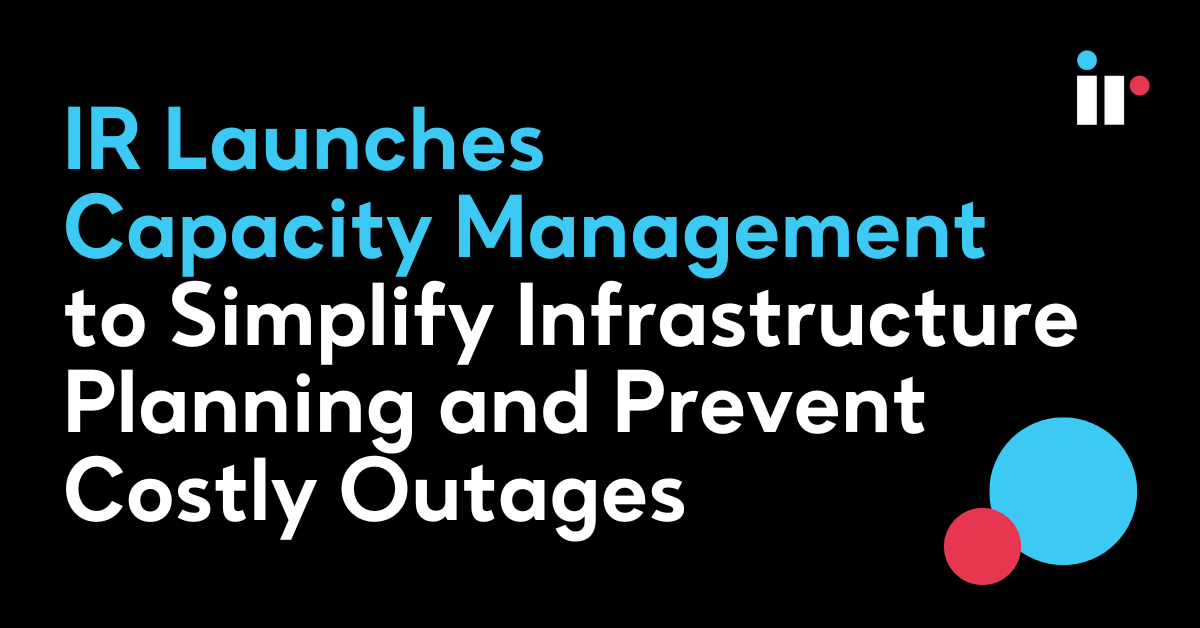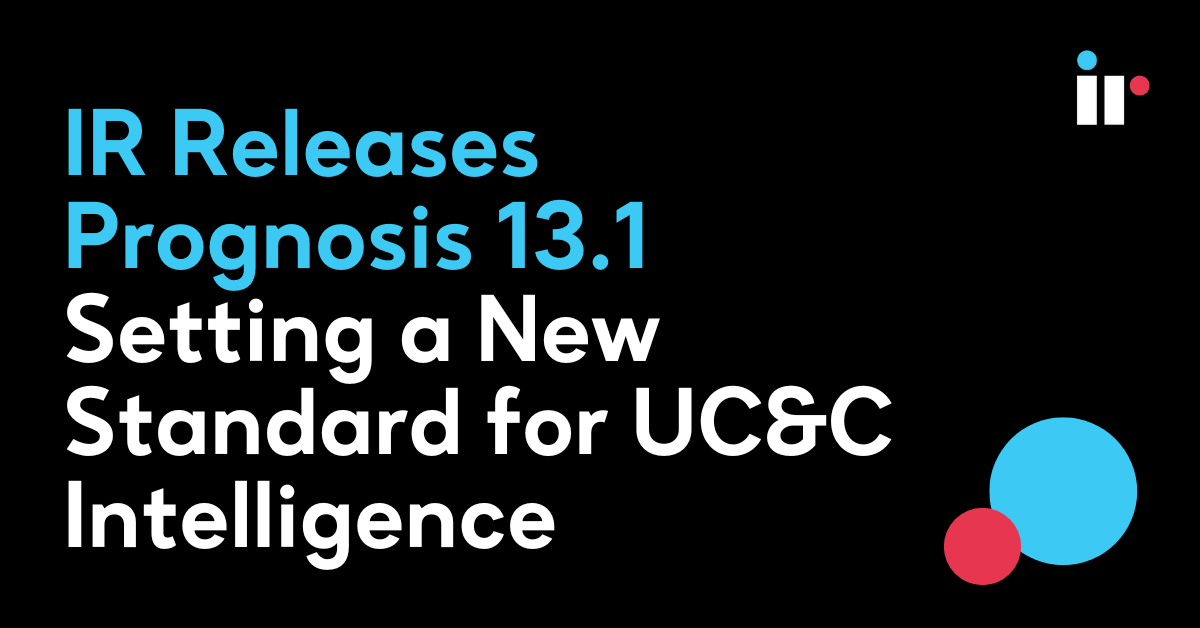Are your IT teams managing needless tasks within unified communications and collaboration (UC&C) ecosystems? Are communication and collaboration environments in your organization impacting operational and financial efficiencies?
UC&C environments have changed dramatically to support hybrid working. The digital revolution that followed has highlighted the immense pressure IT teams face while managing these constantly evolving technologies.
While the UC&C ecosystems foster seamless communication within and outside the organization, their complex nature leads to the accumulation of needless tasks for IT teams.
The Influx Of Technology And Tools
Many employees use their own UC devices and applications when working in location-agnostic environments. When it comes to managing user experience in these environments, IT teams have the challenge of identifying the platforms and hardware operated by users. They spend hours dealing with frustrations and troubleshooting in these environments—why participants cannot be heard or seen on voice and video conferencing calls, why external audio devices are nonfunctional and the list goes on.
Given the fast-paced nature of the business environment, UC&C tools help organizations enhance productivity, streamline operations and foster effective collaboration. However, if not managed and monitored well, they create further challenges for IT team members, adding to their day-to-day workload.
Cost Implications
The IT Time Crunch report was compiled using data from a survey of 214 IT professionals from the United States, the United Kingdom and Singapore. Nearly 40% of respondents worked in organizations with over 10,000 end users. The findings of this research indicated:
•Twenty-five percent of IT professionals wasted more than one working day every week on unnecessary UC&C tasks. Nearly 70% of respondents wasted at least four hours per week.
• Fifty percent reported an increase in their day-to-day workload as a result of hybrid working.
These figures represent a huge impact on productivity and cost—around $20,000 per year for an average IT professional earning $100,000. In a team of five, that is the equivalent of one full headcount.
For larger enterprises, the financial impact on the business could be in the hundreds of thousands of dollars.
Another crucial element to note is the financial impact on the organization does not end there. It further amplifies based on the cost implications of lost productivity for IT team members and end users, the impact on employee and customer experience and any additional labor costs to complete strategic IT initiatives.
The costs associated with downtime and service disruptions could be significant again, including lost revenue, remediation efforts, customer and employee retention expenses, and training and onboarding costs for new employees.
The Way Forward
How does one navigate around UC&C challenges and work toward mitigating them? The most crucial step, to begin with, would be identifying gaps in the existing UC&C environments. Organizations must understand what elements of the current environment are not working efficiently and what’s needed to ensure that a hybrid workplace is thriving for everyone involved.
It is crucial to assess the current needs of the organization and revisit the objectives to understand if they are still relevant. User experience must be validated for its functionalities and performance. IT teams can leverage knowledge-sharing platforms to learn from one another and the feedback they receive. Guidelines and best practices could be developed based on the feedback loop to help employees and users learn from one another.
Training and support tools could be offered to employees to ensure that the UC&C environment is being leveraged to its complete potential. Performance management tools can be utilized to help track key metrics. Organizations can also choose to adapt and upgrade their technology stack depending on their evolving needs.
Inefficient UC&C environments have hidden associated costs, which is why it is critical to address the root cause of the issues as quickly as possible. Implementing robust monitoring systems with self-service portals and knowledge databases, proactive monitoring and clear IT escalation protocols can address this challenge.
Assessing the UC&C ecosystem to identify redundant features, overlapping functionalities and legacy systems can help simplify and consolidate the infrastructure. When deploying new technologies, it is essential to determine the overall usability, performance, security and compatibility.
The intricacies of remote work, alongside the use of diverse tools and applications, underscore the need for advanced monitoring and problem-solving solutions tailored for enterprise use. These sophisticated tools can offer heightened visibility, streamlined troubleshooting and enhanced security, all contributing to the effective support of remote work operations.
This article first appeared on Forbes and can be accessed here.



